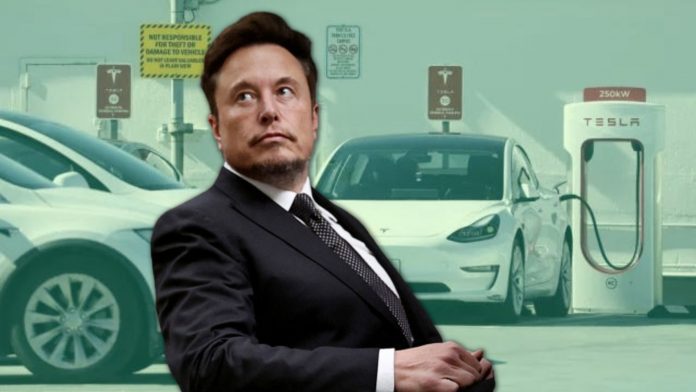For years, Tesla falsified its range-estimating software to inflate the possible range of its vehicles. The EV maker created algorithms for its range meter to present drivers with “rosy” projections for how far owners can drive before recharging.
The algorithms would display drivers’ more accurate projections for their remaining driving range when the battery exceeded 50% of its maximum charge. Tesla’s were built with a “safety buffer,” providing an additional 15 miles (24 km) of range even after the dash display indicated an empty battery to prevent drivers from becoming stranded.
However, last year, the company received so many complaints about the driving range that it formed a special staff to cancel owners’ service appointments. Some Nevada team members applauded each other while muting their phones and playing a metal xylophone in the workplace to celebrate the cancellation of service appointments. The team frequently canceled hundreds of cases weekly, and employees were monitored for their daily average of diverted appointments.
Managers informed the staff that they saved Tesla around $1,000 for each canceled appointment. Although another goal was to reduce the strain on service facilities, some of which had lengthy appointment wait times.
The driving range of an EV is one of the most crucial considerations for consumers when deciding which model to purchase or whether to buy one at all. One of the main challenges to increasing EV sales is “range anxiety,” or the worry of running out of battery before reaching a charger.
Tesla sold two models at the time it programmed in the optimistic range projections: the two-door Roadster, which served as the company’s debut car but was later discontinued, and the 2012-released Model S, a premium sports sedan. Four models are now available: Model 3, S, X, and Y.
Currently, Tesla vehicles deliver range projections in two ways:
- Through an always-on dashboard range meter.
- The navigation system operates when a driver enters a specified route.
The range estimate provided by the navigation system does consider a wider variety of factors, such as temperature. Even though those projections are “more realistic,” they frequently overestimate how far the vehicle can go before recharging.




